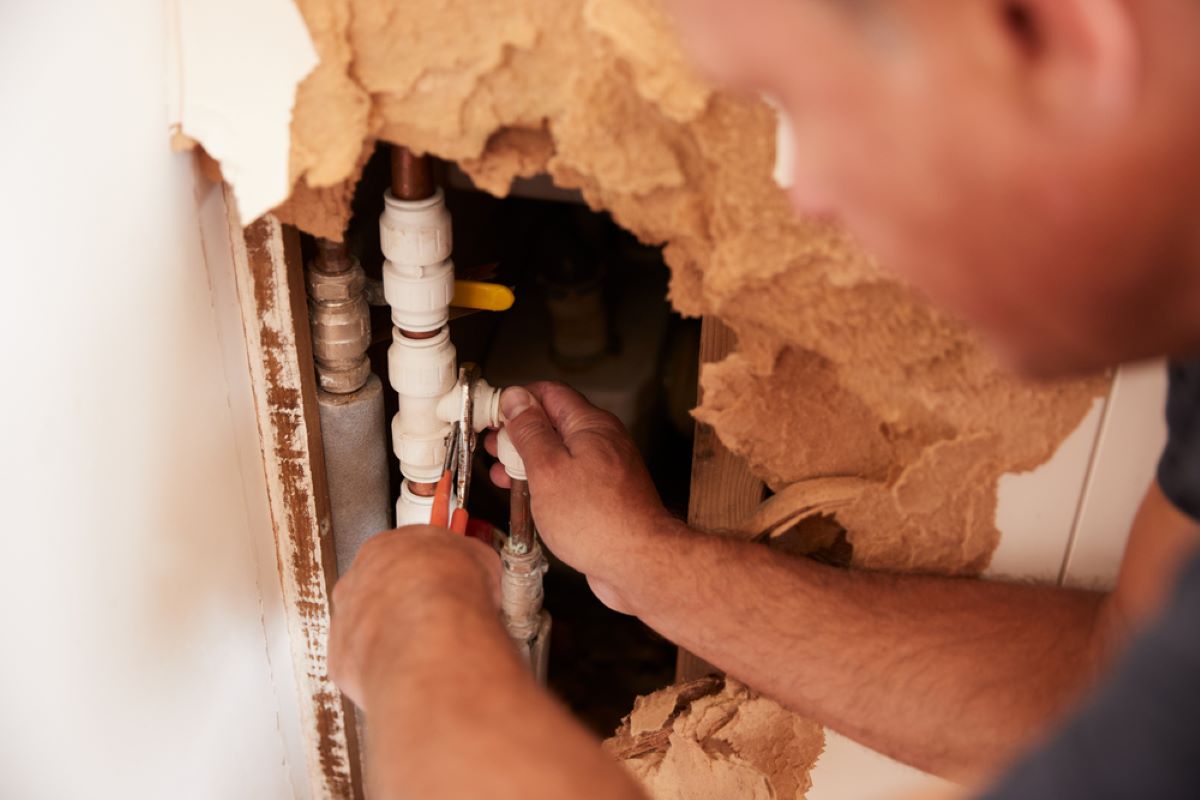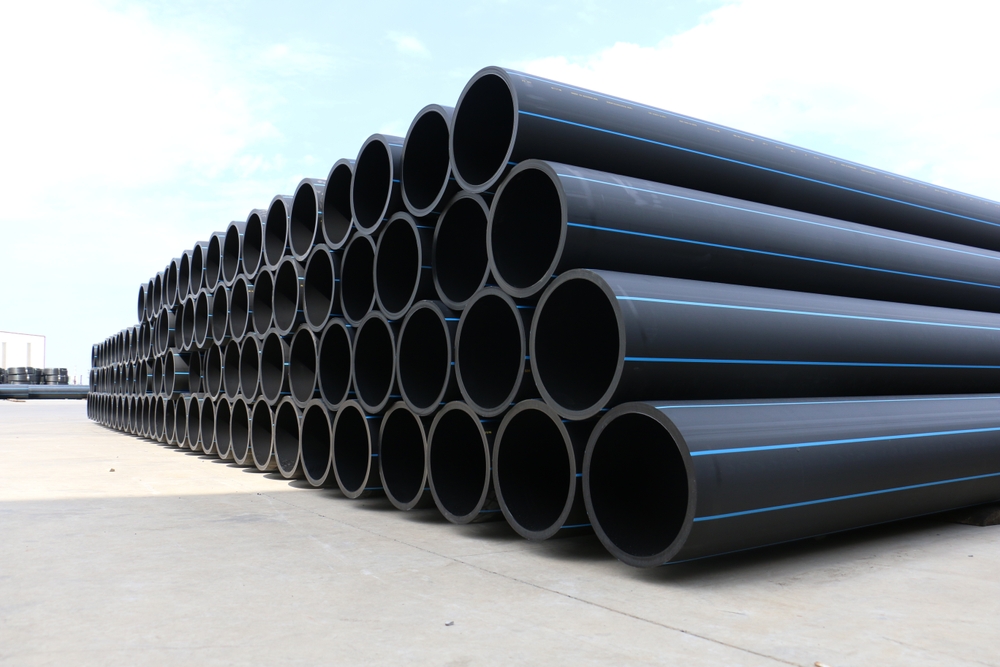Thermoplastic pipe liners have become increasingly popular in recent years due to their durability, flexibility, and cost-effectiveness. These liners rehabilitate aging or damaged pipelines in various industries, such as water treatment, oil and gas, and chemical processing. However, the success of thermoplastic pipe liner installation largely depends on the materials and equipment used.
Using the wrong materials or equipment can lead to liner failure, which can be costly and time-consuming. This is why it’s essential to understand the materials and equipment used for thermoplastic pipe liner installation and choose the right ones for the job. You must be aware of different types of thermoplastic pipe liner before installation.
In this blog post, we’ll discuss the various materials used in thermoplastic pipe liner installation and reinforcement materials. We’ll also delve into the different types of adhesives and sealants used to secure the liner in place.
Materials Used For Thermoplastic Pipeline
1. High-Density Polyethylene (HDPE)
HDPE is a challenging and durable thermoplastic material resistant to abrasion, corrosion, and chemicals. It is commonly used in water and wastewater applications due to its high resistance to UV radiation and low thermal conductivity. HDPE liner is flexible and can be installed in pipelines with larger diameters.
2. Polyvinyl Chloride (PVC)
PVC (polyvinyl chloride) is a widely used thermoplastic material with good chemical resistance and excellent resistance to abrasion and impact. It is commonly used in industrial and municipal water and wastewater systems and in oil and gas applications. PVC liners are available in various thicknesses and sizes, making them suitable for a wide range of pipe diameters.
3. Polyethylene
Polyethylene is a thermoplastic material that is commonly used for pipe liners. It has excellent resistance to chemicals and UV radiation and is highly durable. Polyethylene is also lightweight, which makes it easy to handle and install. Additionally, it has low thermal conductivity, making it an ideal material for transporting fluids at high temperatures.
4. Polypropylene (PP)
PP is a lightweight thermoplastic material with excellent chemical resistance. Chemical industries commonly use PP liner because it resists aggressive chemicals and high temperatures. Impact, abrasion, and fatigue resistance are good features of PP liners.
5. Acrylonitrile butadiene styrene (ABS)
ABS is a thermoplastic material commonly used in drain, waste, and vent (DWV) pipe lining applications. It has good chemical resistance, is lightweight, and is easy to install. ABS is also resistant to impact and is commonly used in residential and commercial plumbing applications.
The selection of the appropriate material for a specific application depends on several factors, including the nature of the fluid being transported, the temperature and pressure of the system, and the pipe diameter and configuration.
Read out: “Benefits And Advantages Of Using Thermoplastic Pipe Liner”
Equipment Used For Thermoplastic Pipe Liner
1. Preparation equipment
Preparation equipment includes pipe cleaning and drying machines, which remove any debris, rust, or scale from the interior surface of the host pipe. This process is critical for ensuring proper liner adhesion to the host pipe. The cleaning and drying process can be performed using high-pressure water jets, brushes, or sandblasting equipment, depending on the condition of the host pipe.
2. Installation equipment
Calibration tools, rollers, and compressors are among the installation equipment. Rollers guide liner insertion to prevent buckling or folding during insertion. To ensure proper adhesion and eliminate any wrinkles or air pockets in the liner, compressors press it against the interior surface of the host pipe.
To ensure the liner conforms to the host pipe specifications, calibration tools are used to verify its dimensions.
3. Inspection equipment
A CCTV camera and other tools for quality control are part of the inspection equipment. The interior surface of the liner is inspected with CCTV cameras to identify wrinkles, delaminations, and cracks.
The application may require leak detection equipment, pressure testing equipment, or thermal imaging cameras as quality control tools.
The Installation Process Of Thermoplastic Pipe Liner
1. Host Pipe Preparation
The first step in the installation process is to prepare the host pipe. This involves inspecting the host pipe for damage, obstructions, or defects. The host pipe must be thoroughly cleaned and designed to ensure a good bond with the thermoplastic liner.
Any debris, scale, or corrosion must be removed, and the surface of the host pipe must be roughened to provide a better bonding surface.
2. Thermoplastic Liner Preparation
The next step is to prepare the thermoplastic liner. The liner must be cut to the appropriate length and diameter to fit inside the host pipe. Before installation, the liner must also be inspected for any defects, such as holes or tears.
3. Heating the Liner
The thermoplastic liner is heated to its melting point using specialized equipment. The temperature and duration of heating depending on the type of thermoplastic material used and the diameter and thickness of the liner. The liner is then carefully inserted into the host pipe.
4. Welding the Liner
Once the liner is inserted into the host pipe, the welding process begins. The liner is welded to the host pipe using specialized equipment. The welding method depends on the type of thermoplastic material used and the diameter and thickness of the liner.
The welds must be performed correctly to ensure a strong bond between the liner and the host pipe.
5. Cooling and Inspection
After the welding process, the liner is allowed to cool down. The liner is then inspected for any defects or leaks using specialized equipment. The pressure test may also be conducted to ensure the pipe liner’s integrity.
6. Final Inspection and Approval
Once the liner has passed the inspection, the installation process is complete. The liner is now ready to be put into service. A final inspection and approval are often conducted to ensure the installation meets the required standards and specifications.
See a complete comparison between thermoplastic pipe liner to other pipe lining methods!
Conclusion
The thermoplastic pipe liner is a reliable solution for rehabilitating damaged pipelines, but the success of the liner installation depends heavily on the materials used. The selection of appropriate materials for thermoplastic pipe liners should consider factors such as the diameter and thickness of the existing pipe, the type of fluid or gas transported, and the operating temperature and pressure.
When it comes to liner installation, it’s always advisable to seek the services of a professional company. They have the knowledge and experience to choose suitable materials and equipment, and their installation techniques are tried and tested. Using their services will ensure that the liner is installed correctly and will last many years.





